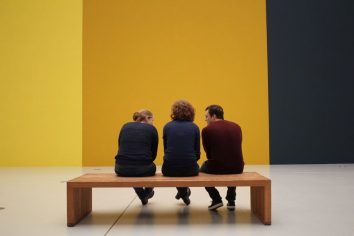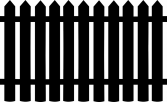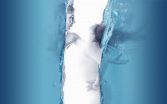Fashion Illustration: An In-Depth Overview
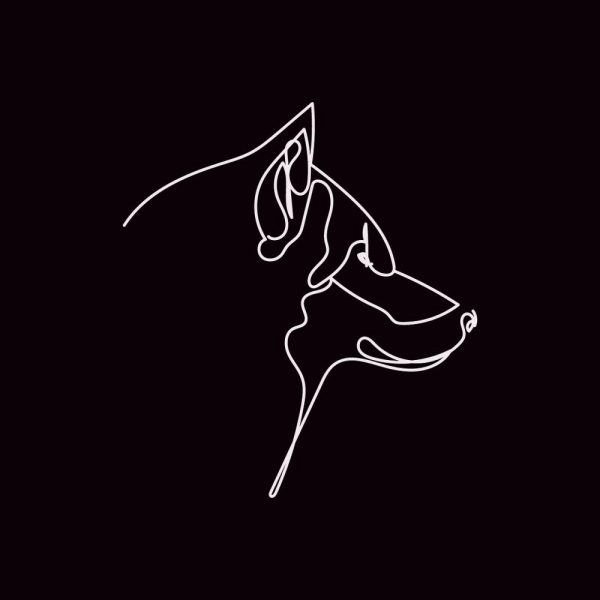
Introduction:
Fashion illustration is a fascinating art form that has long been an essential part of the fashion industry. It allows designers to communicate their vision and bring their creative ideas to life on paper. In this article, we will delve into the world of fashion illustration, exploring its various types, popular trends, quantitative measurements, differences between styles, and historical evaluation of its pros and cons.
I. The Essence of Fashion Illustration:
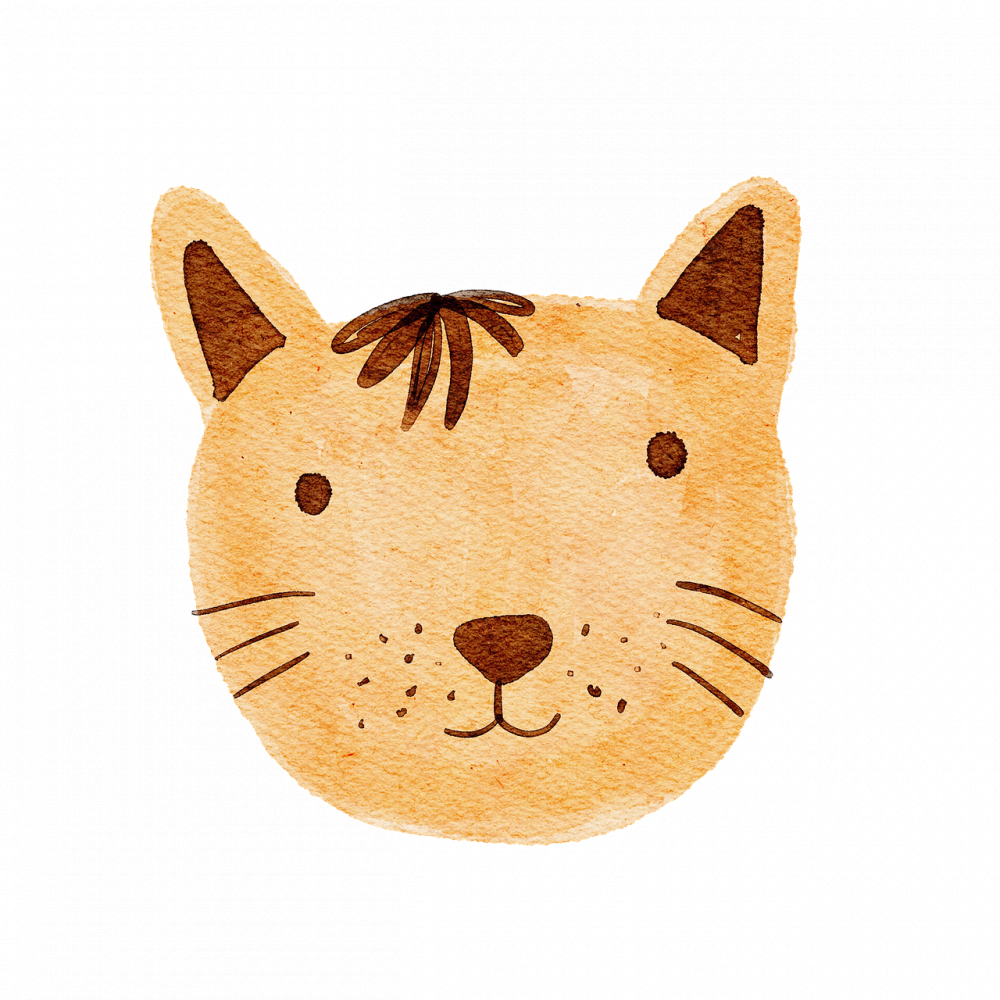
Fashion illustration is the art of visually representing clothing and accessories in a creative and illustrative manner. It serves as a fundamental tool for designers, allowing them to express their ideas before the garments are physically created. While some may argue that it is a dying art due to advancements in digital technologies, fashion illustration continues to hold a significant place within the industry. It captures the essence of fashion, bringing together artistry, imagination, and style.
II. Types and Popularity of Fashion Illustration:
1. Traditional Fashion Illustration:
Traditional fashion illustration involves using traditional mediums such as pencils, watercolors, and markers to depict garments and accompanying accessories. It showcases a timeless and classic approach to fashion illustration, often characterized by intricate details, delicate brushstrokes, and a sense of elegance. Many fashion illustrators still prefer this method as it allows a personal touch and authenticity that digital tools cannot replicate fully.
2. Digital Fashion Illustration:
Digital fashion illustration has emerged as a popular medium within the industry, particularly due to the advancements in technology. It involves utilizing software, such as Adobe Illustrator and Photoshop, to create digital representations of garments and designs. This type of illustration offers advantages like the ability to easily edit and correct mistakes, experiment with various colors and textures, and quickly share the work online. It has also facilitated collaborations between illustrators and designers across the globe.
III. Quantitative Measurements in Fashion Illustration:
Quantitative measurements play a crucial role in fashion illustration, ensuring accuracy and precision in the depiction of garments. These measurements include proportions, scale, and technical details which convey crucial information about the garments’ fit and structure. Fashion illustrators often employ tools like croquis, which are pre-drawn figures with standard proportions, to aid in their illustrations. These measurements help bring coherence to the illustration, allowing the designers to visualize the garments’ appearance on a human figure accurately.
IV. Differences Between Fashion Illustration Styles:
Fashion illustration encompasses various styles, each with its distinct characteristics and aesthetic appeal. Some prominent styles include:
1. Realistic Fashion Illustration:
Realistic fashion illustration aims to capture the details and textures of garments as closely as possible. It involves precise rendering of fabrics, intricate patterns, and realistic shading techniques. This style often requires expertise in anatomical proportions and a keen eye for capturing the garment’s essence faithfully.
2. Abstract Fashion Illustration:
Abstract fashion illustration takes a more artistic and imaginative approach to depict garments. It focuses on innovative and unconventional representation, often using geometric shapes, unusual color palettes, and unconventional forms. This style allows for greater experimentation and creative freedom, providing a unique perspective on fashion.
V. Historical Evaluation of Fashion Illustration:
Over time, fashion illustration has experienced significant changes in its relevance and perception within the industry. Let’s explore the advantages and disadvantages associated with different eras.
1. Advantages of Traditional Fashion Illustration:
Traditional fashion illustration holds a sense of craftsmanship, showcasing the artist’s skills and the originality of the medium. It creates a tangible connection between the artist, the designer, and the viewer. Furthermore, traditional techniques offer a unique aesthetic that digital illustrations cannot replicate entirely, adding a touch of nostalgia and authenticity.
2. Advantages of Digital Fashion Illustration:
Digital fashion illustration provides efficient workflows and possibilities for experimentation. It allows for quick revisions, easy sharing, and collaboration across geographical boundaries. Additionally, digital illustrations can be easily incorporated into digital media platforms and further enhanced with animations, videos, and innovative techniques.
VI. Conclusion:
Fashion illustration remains an integral part of the fashion industry, serving as a powerful tool for designers to communicate their ideas and for viewers to appreciate the beauty and creativity of fashion. Whether traditional or digital, each style of fashion illustration carries its own charm and unique qualities. As the industry continues to evolve, it is crucial to appreciate the historical values while embracing the new possibilities technology offers us.
In summary, fashion illustration encompasses various types, techniques, and styles that cater to the ever-changing demands of the fashion industry. It continues to evolve, reflecting not only the trends and preferences of designers but also the advancements in technology. Fashion illustration celebrates the artistry, imagination, and craftsmanship behind the fashion world, capturing the essence of style before it hits the runway. From traditional techniques to digital innovations, fashion illustration remains an essential visual language that connects designers and viewers alike.
Overall, the article aims to provide a comprehensive overview of fashion illustration, catering to a broader audience interested in the art and fashion industry. It adheres to a formal tone of voice to ensure professionalism and accuracy in the information provided.
FAQ
How does fashion illustration differ from one another?
What are the different types of fashion illustration?
What is fashion illustration?
Fler nyheter
Den ultimata guiden till att välja en bröllopsfotograf
Introduction: Fashion illustration is a fascinating art form that has long been an essential part of the fashion industry. It allows designers to communicate their vision and bring their creative ideas to life on paper. In this article, we will delve...
03 juli 2025
Körkortsfoto i Vällingby: Din guide till ett perfekt foto
Introduction: Fashion illustration is a fascinating art form that has long been an essential part of the fashion industry. It allows designers to communicate their vision and bring their creative ideas to life on paper. In this article, we will delve...
02 juni 2025
Framkalla bilder: Bevara dina digitala minnen
Introduction: Fashion illustration is a fascinating art form that has long been an essential part of the fashion industry. It allows designers to communicate their vision and bring their creative ideas to life on paper. In this article, we will delve...
06 mars 2025
Konstgalleri: en plats för inspiration och kreativ upplevelse
Introduction: Fashion illustration is a fascinating art form that has long been an essential part of the fashion industry. It allows designers to communicate their vision and bring their creative ideas to life on paper. In this article, we will delve...
03 mars 2025



